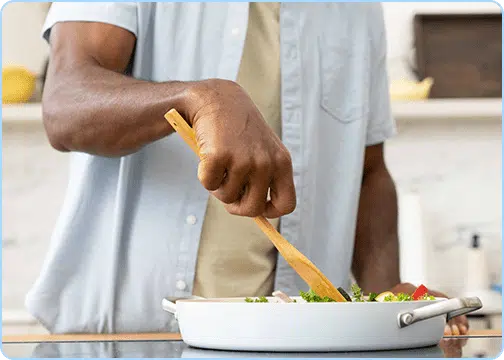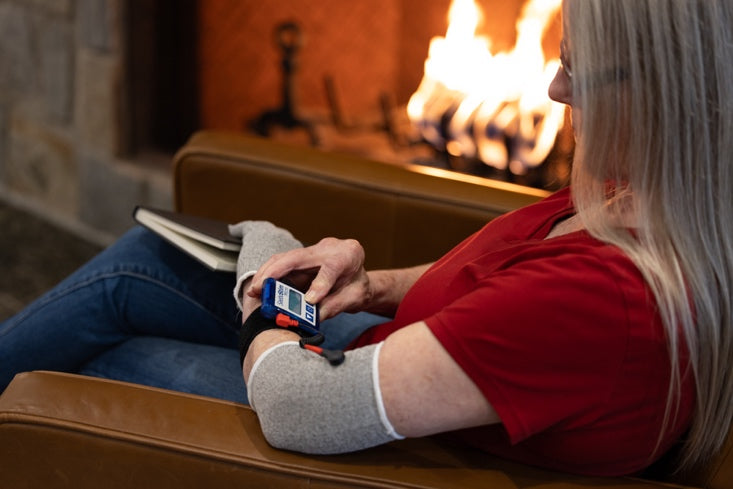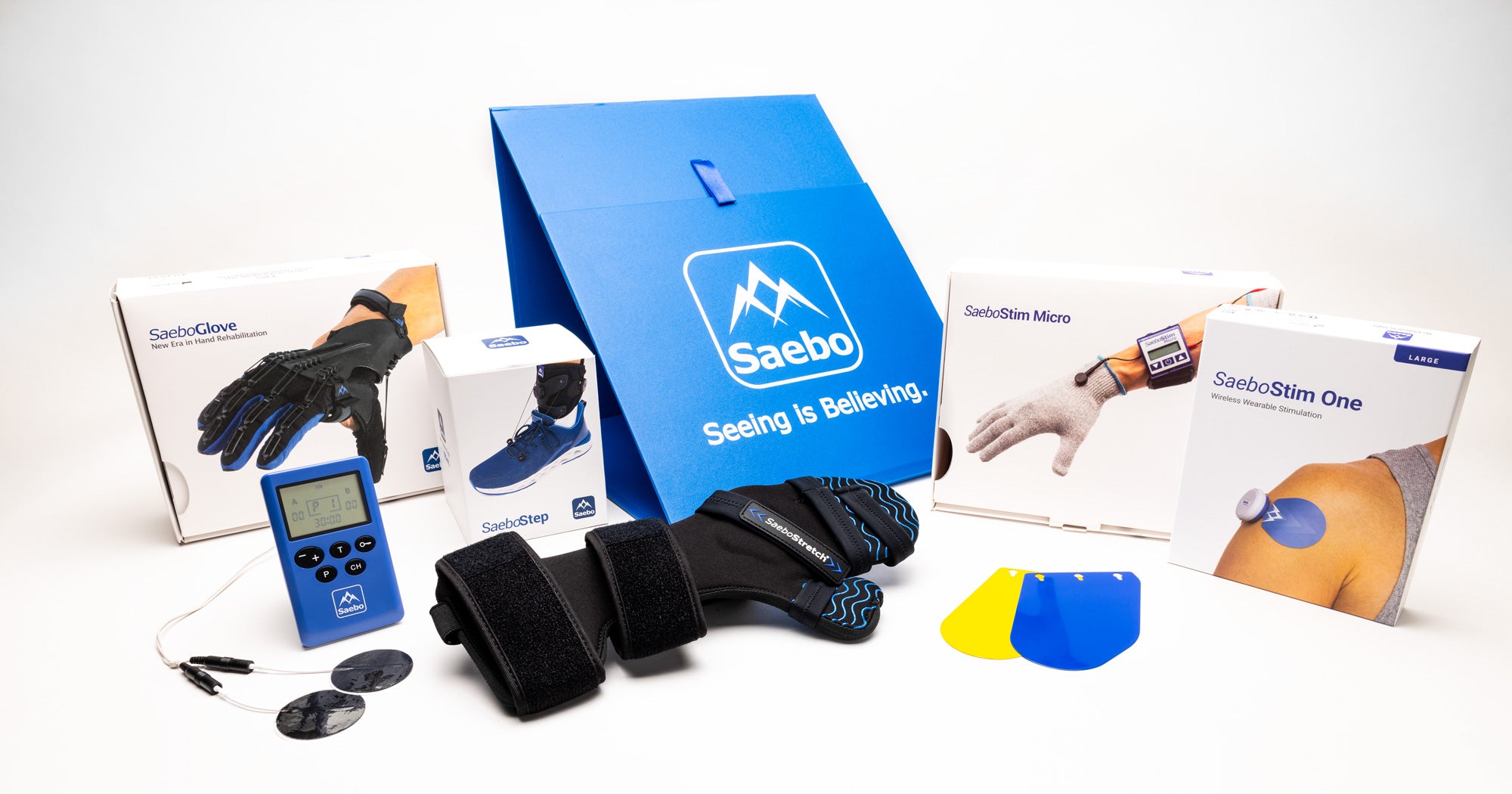Q&A - What Are the Strategies to Improve Grip and Function with No Finger Flexion Post-Stroke

As an occupational therapist and co-founder of Saebo, I often hear from therapists looking for practical, evidence-based solutions to help their neuro patients recover hand function – especially in the subacute setting.
Recently, a therapist working in a subacute rehab facility reached out with this important question: “My patient has no finger flexion in the hand. He is less than one-year post-stroke. What strategies for improving grip and function do you recommend?”
It’s a common and important clinical challenge: the patient’s hand is flaccid, with little or no active flexion. So where do we start?
The Clinical Reality: A Flaccid Hand Needs a Prompt Plan
When a client presents with severe weakness or no movement in the hand, our first objective is to stimulate the muscles – specifically, the finger flexors – to begin building a functional grasp pattern.
Yes, traditional techniques like ice, vibration, and quick stretch have their place. But in my experience, one of the most effective – and accessible – approaches is combining electrical stimulation with the SaeboGlove.
Backed by Research
This isn’t just anecdotal. A recent study published in Disability and Rehabilitation confirmed the effectiveness of combining electrical stimulation with the SaeboGlove for subacute stroke patients. Together, they create a powerful environment for motor relearning and hand function recovery.
How to Apply This Technique
Here’s a quick breakdown of how I typically implement this approach:
- Electrode Placement
- Apply the first channel to the thenar and hypothenar muscles.
- Apply the second channel to the long finger flexors.
- Use Triggered Stimulation
- Triggered stimulation is preferred over cyclical.
- The stimulation should occur only when the client attempts to grasp, so the timing mirrors natural movement.
- Put on the SaeboGlove
- The tensioners in the glove will assist with finger extension after the grasp is completed.
- Begin Grasp-and-Release Activities
- Use the trigger button to initiate stimulation during grasp.
- Release the button once the task is complete, allowing the glove to reopen the hand.
This coordinated sequence allows the client to begin engaging in functional tasks – even when their hand starts with zero active movement.
What Comes Next?
The goal is to move from flaccidity to activation. Once the patient begins firing their finger flexors consistently, you can continue building the grasp-and-release program and even progress to using the SaeboFlex (for higher tone clients) or stick with the SaeboGlove, with or without stimulation.
The beauty of this strategy is that it’s simple, affordable, and clinically effective.
A Quick Reminder: No Plateau in Sight
We believe that recovery is always possible – and that the word “plateau” often says more about our treatment approach than our patient’s potential.
If your client has no finger flexion, don’t give up. Implement a consistent, progressive strategy like this one, and you’ll often see results where others assume progress has stalled.
Let’s keep pushing forward – because with the right tools and commitment, there’s no plateau in sight.
Todo el contenido de este blog es únicamente informativo y no sustituye el consejo, diagnóstico ni tratamiento médico profesional. Consulte siempre con su médico u otro profesional de la salud cualificado si tiene alguna pregunta sobre una afección médica. Si cree que puede tener una emergencia médica, llame a su médico o al 911 de inmediato. Confiar en la información proporcionada por el sitio web de Saebo es bajo su propio riesgo.



